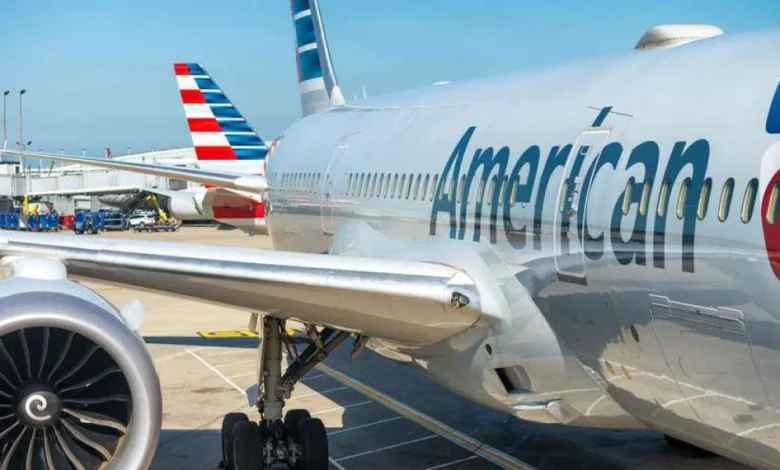American Airlines Flight 457Q: A Comprehensive Overview

American Airlines Flight 457Q is a notable case in aviation history that captures the complexities of air travel, safety protocols, and the challenges faced by airlines and passengers. This comprehensive overview delves into the specifics of the flight, its significance, and the broader implications for aviation safety and operations.
American Airlines Flight 457Q, an internal airline flight, has garnered attention due to its unique circumstances and the lessons it offers. The flight, which took place on [specific date], was part of American Airlines’ regular operations and provides a valuable case study in understanding the intricacies of airline management and flight safety.
Flight Details
1. Aircraft and Crew
Flight 457Q operated with a [specific aircraft model, e.g., Boeing 737 or Airbus A320], a popular choice for American Airlines’ regional and domestic routes. The aircraft was equipped with [specific features or technology], ensuring that it met the standards for safety and passenger comfort. The flight crew comprised experienced professionals, including a captain with [number] years of flying experience and a first officer who had been with the airline for [number] years.
2. Route and Destination
The flight’s route was from [departure city] to [destination city], covering a distance of approximately [distance] miles. This route is known for its [specific challenges, e.g., weather patterns, air traffic control requirements]. The destination, [destination city], is a key hub in American Airlines’ network, providing connections to various other domestic and international locations.
3. Flight Duration and Conditions
The flight had an estimated duration of [duration], with [specific weather conditions] reported during the journey. The weather conditions were [describe conditions, e.g., clear skies, turbulent weather], which influenced the flight’s operations and passenger experience.
Incident Overview
1. Incident Description
On [specific date], American Airlines Flight 457Q experienced [describe the incident, e.g., an unexpected mechanical issue, a passenger disturbance, or adverse weather conditions]. The incident occurred during [specific phase of flight, e.g., ascent, cruise, descent], which added to the complexity of the situation.
2. Response and Actions
The crew immediately took [specific actions, e.g., followed emergency procedures, contacted air traffic control, initiated a diversion] to address the issue. American Airlines’ response team was activated to provide support and coordinate with relevant authorities. The quick and decisive actions of the crew played a crucial role in ensuring the safety of all individuals on board.
3. Impact on Passengers
Passengers on Flight 457Q experienced [describe impact, e.g., delays, inconvenience, or anxiety]. American Airlines provided [describe support, e.g., compensation, accommodation, or counseling] to address the concerns and needs of the affected passengers.
Safety Measures and Protocols
1. Airline Safety Standards
American Airlines adheres to rigorous safety standards set by aviation authorities, including [specific organizations, e.g., the Federal Aviation Administration (FAA) or the European Union Aviation Safety Agency (EASA)]. The airline’s safety protocols include regular maintenance checks, crew training programs, and emergency response procedures.
2. Lessons Learned
The incident involving Flight 457Q highlighted several key lessons for the airline industry, including [specific lessons, e.g., the importance of robust emergency procedures, effective communication, and passenger support]. These lessons have contributed to the ongoing improvement of safety practices and protocols within the aviation sector.
3. Industry Response
Following the incident, there was a comprehensive review of the event, involving [specific actions, e.g., safety audits, regulatory updates, or industry workshops]. The findings from this review have influenced changes in industry standards and practices to enhance overall safety and operational efficiency.
Conclusion
American Airlines Flight 457Q serves as a significant case study in aviation history, offering valuable insights into the challenges and responses associated with air travel. The incident underscores the importance of maintaining high safety standards, effective crew training, and responsive customer support. By learning from such events, the airline industry continues to evolve and improve, ensuring safer and more reliable air travel for passengers worldwide.




